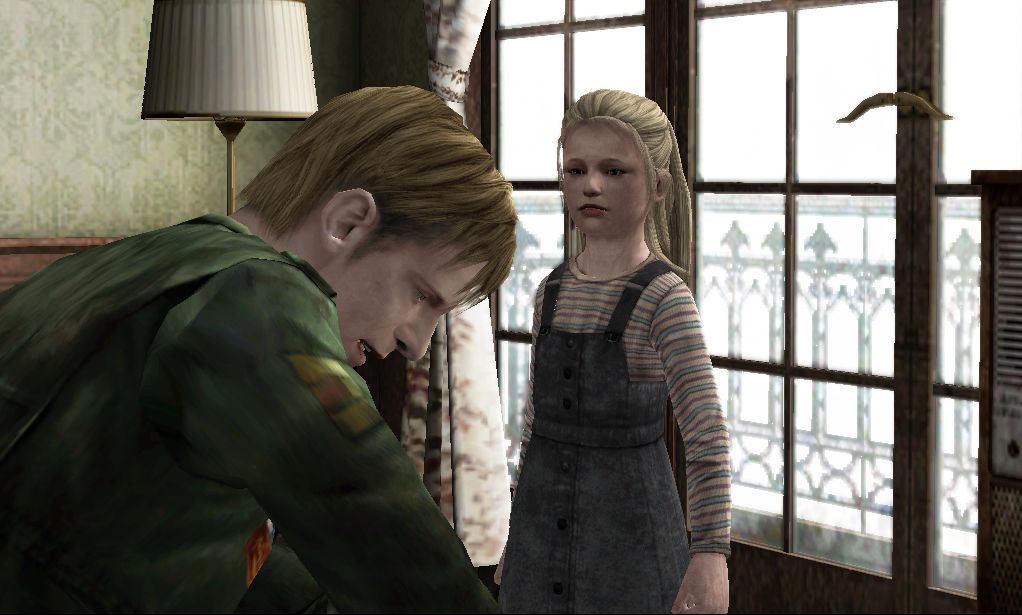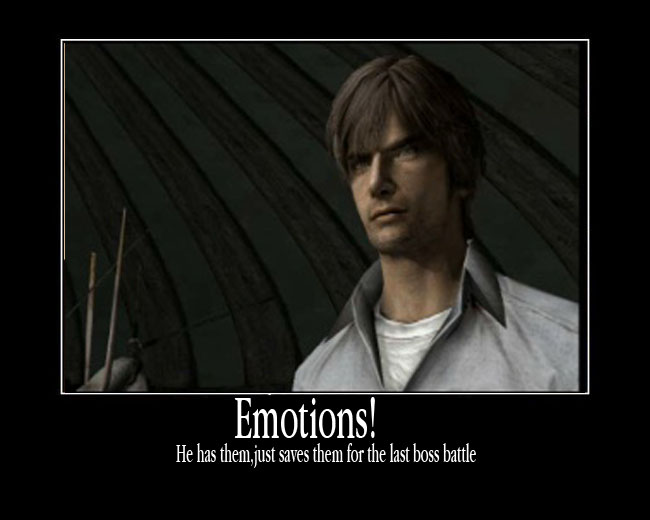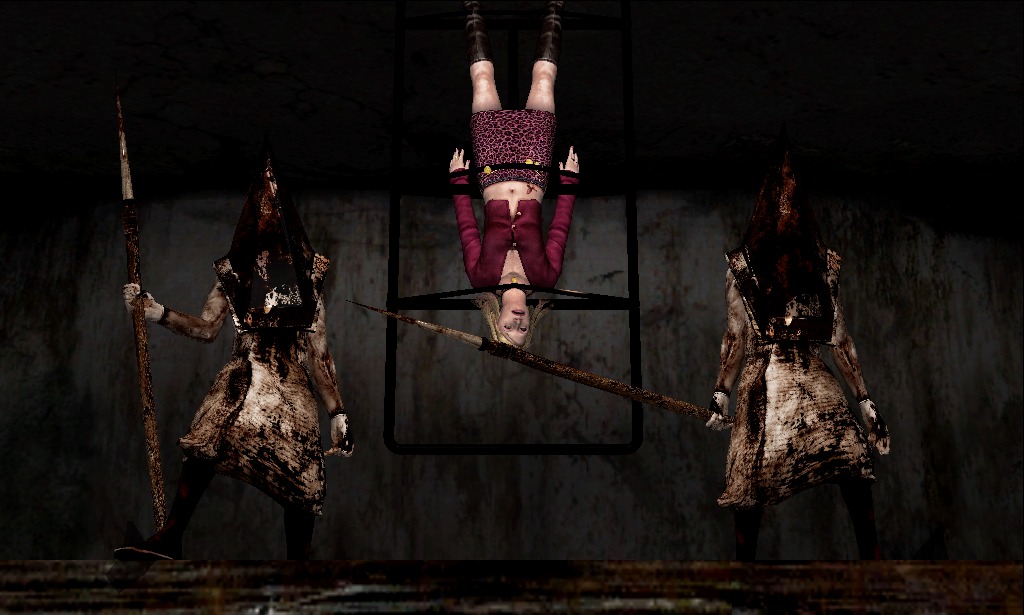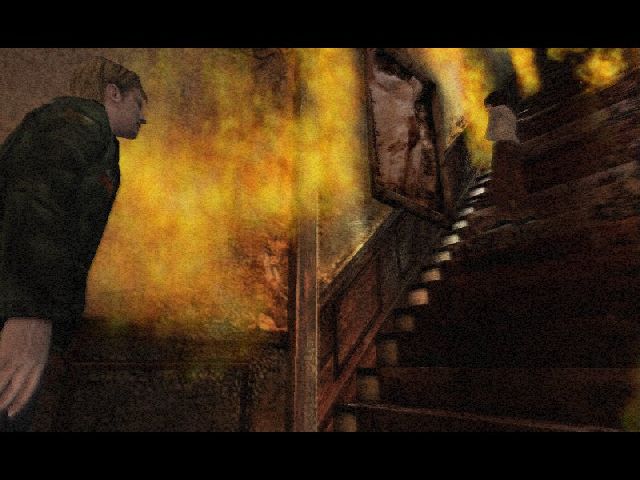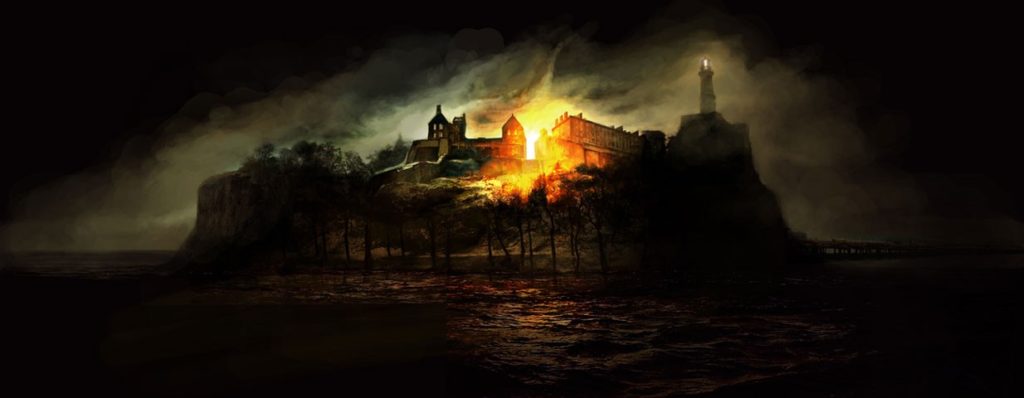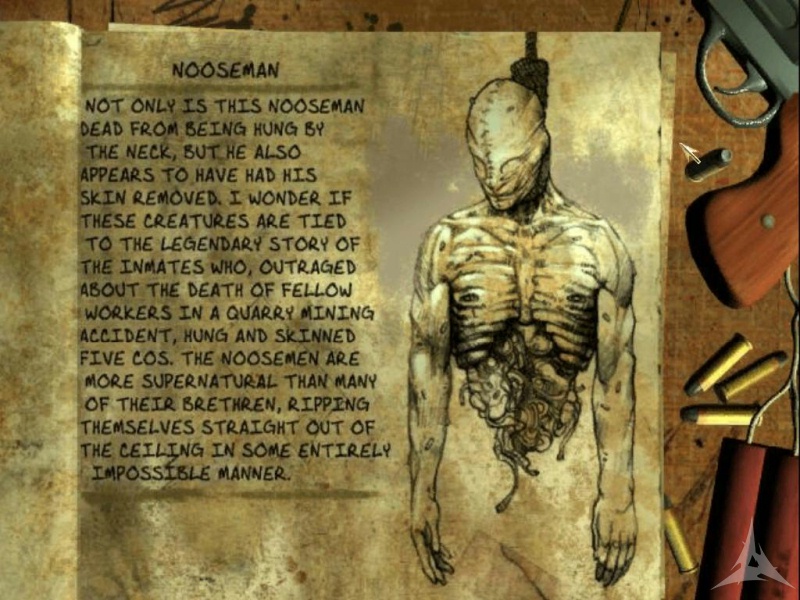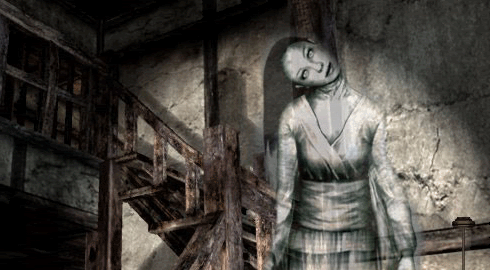This will be the last of my articles for my Survival Horror Series. This post is mostly just a mish mash of various design thoughts when it comes to survival horror design.
I am Tank
One of the hallmarks of the earlier survival horror games was the controls, often referred to as tank controls. Like a lot of elements from the earlier games, limitations in design or technology were turned into something that helped to add to the atmosphere of fear. Tank controls in early survival horror games meant the player had little to no control over the camera. Developers took advantage of this by having possible threats just outside the player’s field of vision. This created suspense and unease. The “bulky” control scheme also helped create a sense of panic in combat as the player tried to get their character to fight back.
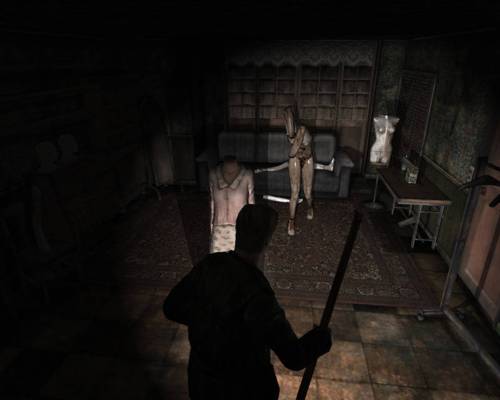
The problem is that tank controls are outdated now. You can still find games here and there that use them but the limitations that necessitated the use of tank controls are no longer present. Some argue that we should keep tank controls in survival horror games but these days it creates more frustration than fear.
Really when it comes to the controls we should accept this is no longer a good way of creating tension. Players are used to what modern games have given them. Survival horror games are no less freighting just because they don’t have tank controls.
User Interface, Menus, and Inventory
I’m throwing these three together because they all link to each other in a way. These three elements can help or hinder the flow or immersion of gameplay.
Older survival horror games often had the player go into menus to access various items or information about the character they were playing. In a way this breaks immersion. The immersion could be broken even more if the player had the ability to bring up the various menus during tense moments or during combat.
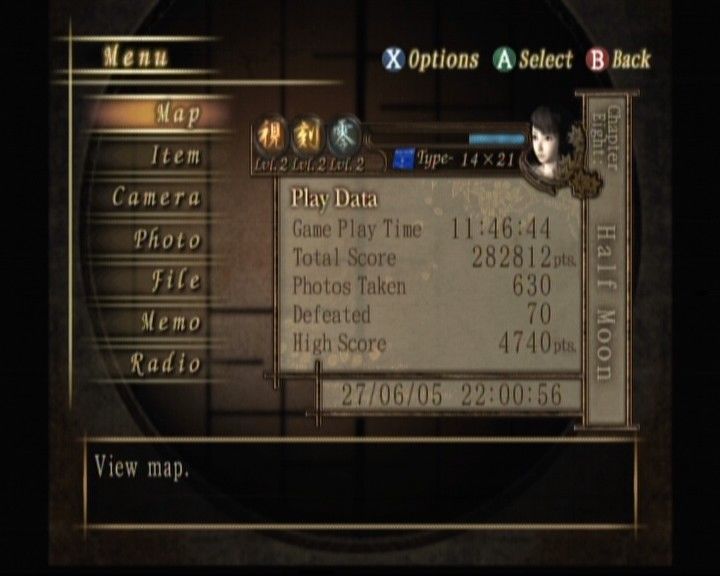
Survival horror games have tried to move away from having the player rely on menus to access items, weapons, or character information. Character information is either displayed in a corner of the screen or is conveyed by changing how the player sees the game world, such as redness at the edge of the screen that intensifies as health drops lower. Weapons and items are now accessible by hot keys or quick menus.
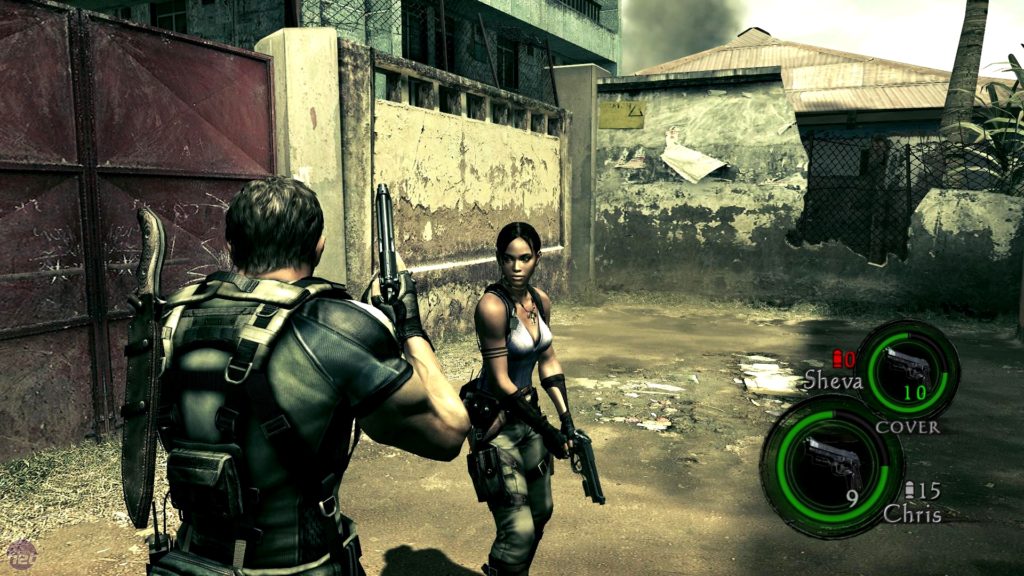
For the most part these changes have improved the flow and immersion of survival horror games. As long as the hot key or quick menu set ups are not clunky or slow the change in design helps augment the flow within the game.
There are two competing philosophies when it comes to how inventory should be handled in survival horror games. On the one hand you have games like the first three Silent Hill games that pretty much give you unlimited inventory space and on the other you have the early Resident Evil games that limited what you could carry. Later Silent Hill games would try their hand at limited inventory systems. The idea behind limiting inventory is that it places pressure on the player to pick and choose what they really need. There is also the argument that limiting inventory is more realistic and that it can help immerse the player.
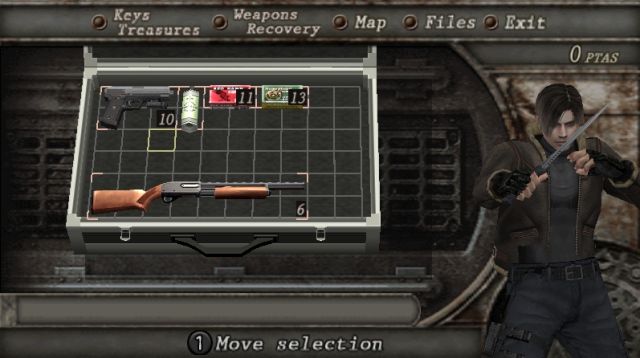
A well-executed limited inventory system can add to the immersion of the game. But designers should be very careful because a limited inventory system that isn’t well-executed can add more frustration than immersion. Designers need to try to not overload the player with too many items. Items should be rationed out to the player in way that makes them choose between just a few items. If the player is forced to choose between too many items then it becomes frustrating. One solution to this is to have a storage place where the player can store an unlimited amount of items but even here the setup has to be well-executed.
Combat and Weapons
The focus of survival horror games should not be combat. Combat can and should be present but it should be a less present element that augments the overall experience. Atmosphere, world building, characters, and narrative should be at the center of survival horror games.
One of the things I enjoyed about the early Silent Hill games is that combat was pretty easy, except for the tank controls. You didn’t fear a confrontation with most monsters because it was hard but because they were just so god damned messed up. Coupled with the nightmarish atmosphere the game didn’t need to make combat hard. It was there but didn’t take center stage. Most of us if confronted by such creatures would probably attempt to fight back, whether we were successful is another matter.
Later titles in both the Silent Hill and Resident Evil series made combat more central to the play of the game, moving these titles more into action horror territory than survival horror. Something is lost when combat takes central stage. As long as a combat system is well designed, which is arguable for the later Silent Hill and Resident Evil games, you don’t have to worry as much about story, character, or atmosphere. I love Gears of War but it’s not because of its story or characters, which tend to be a bit thin, but because the combat is really fun. One of the things that make survival horror a unique experience is its focus on stories, characters, and atmosphere to create a truly nightmarish game. If the focus of the game becomes combat then those elements are lost.
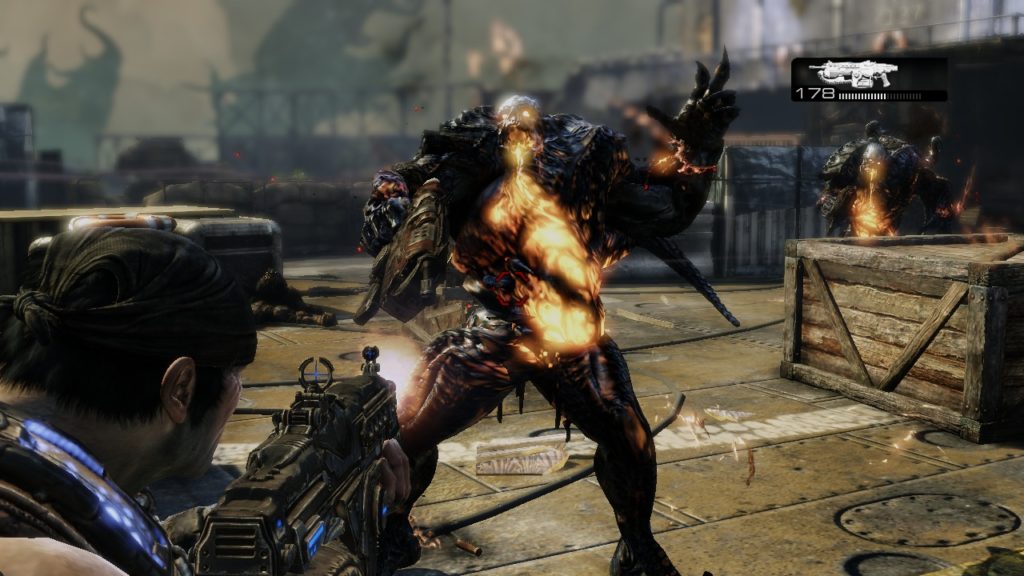
Along with keeping combat simple weapons should also be simple. The player shouldn’t have access to an arsenal to choose from. Most of the weapons should be everyday things and guns should be restricted to what you might find in an average home. Imagine running around Silent Hill with an M-16 or a rocket launcher, it just doesn’t create the same feeling.
Music/Audio/Voice Acting
I really don’t have a lot to say about music or audio. It is not really an area that I have really delved into. I will just say that the music and audio in survival horror games plays a central role in creating the nightmarish atmosphere the player enters into. The more unnatural something sounds the more unnerving it can be. There also moments when little to no audio can add to the tension of a particular moment.
Really bad voice acting can take a player right out of the moment. The voice acting in video games isn’t always the greatest and this isn’t something confined to survival horror. Voice acting for video games for hasn’t been taken seriously in the past but it is improving. If you’re looking for decent voice actors look for somebody who has experience in radio/audio plays or someone who has done voice acting for animation, puppets, or CGI creations. Make sure their voice acting is good enough for a video game set up. If you ever find yourself designing a survival horror game don’t let the audio, music, or voice acting fall to wayside.
So concludes my Survival Horror Series. It was fun to think about the various design elements I wrote about. I hope these posts have been informative and have helped those who also like to think about the design aspects of video games, especially survival horror games.

